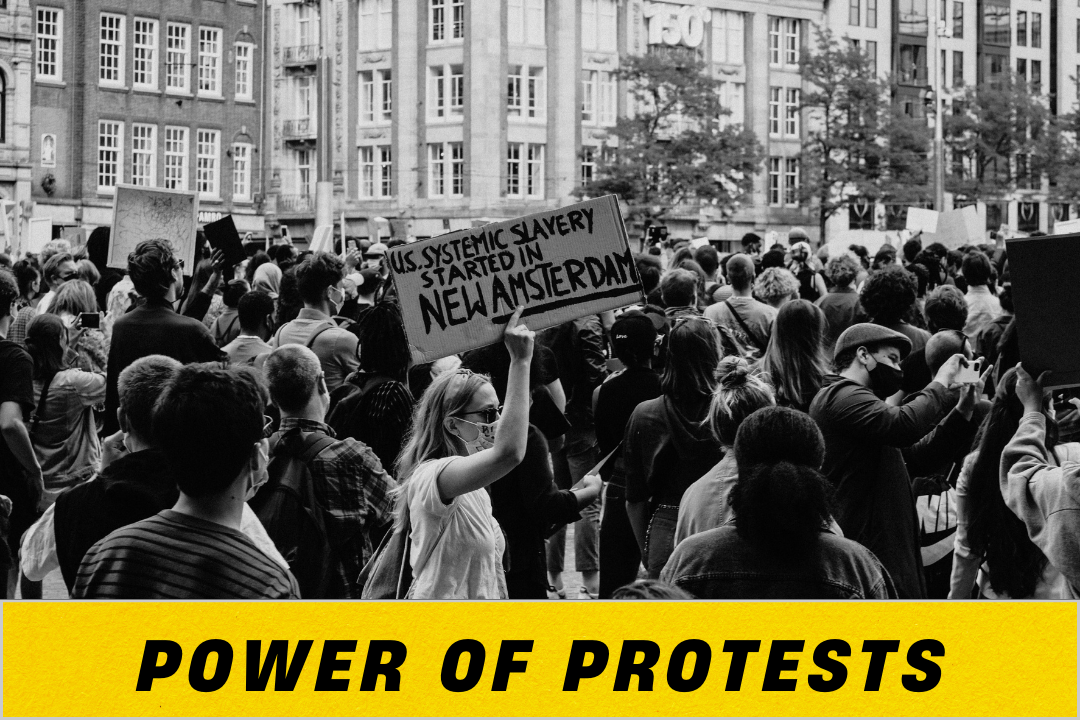Introduction to Protests
Protests have long been a powerful tool for individuals and groups to express their opinions, challenge injustice, and demand change. Whether peaceful demonstrations or mass movements, protests serve as a mechanism for raising awareness, influencing public opinion, and even shaping legislation. From historic movements like the Civil Rights protests to modern-day rallies advocating climate action, the significance of protests cannot be underestimated.
Understanding the Concept of Protests
A protest is an organized public demonstration expressing disapproval or support for a cause. These gatherings may take different forms, including rallies, marches, sit-ins, or strikes. The common goal of all protests is to attract attention to an issue and push for social or political change. Protests are a fundamental part of democracy, allowing citizens to hold authorities accountable and express collective dissatisfaction.
Types of Protests
Protests can take various forms depending on the cause, participants, and strategies. Below are some of the most common types:
| Type of Protest | Description | Notable Examples |
|---|---|---|
| Peaceful Marches | Non-violent demonstrations where people march to a designated location | The 1963 March on Washington |
| Sit-ins | Protesters occupy a space and refuse to leave until demands are met | The Greensboro sit-ins (1960) |
| Strikes | Workers stop working to demand better wages or conditions | The 1980 Solidarity Movement in Poland |
| Boycotts | Refusing to buy or use services from a particular company or entity | The Montgomery Bus Boycott (1955-56) |
| Online Protests | Digital activism using social media to raise awareness | #MeToo Movement |
| Civil Disobedience | Deliberately breaking laws to protest injustice | Gandhi’s Salt March (1930) |
The Role of Protests in Social Change
Protests have been instrumental in shaping societies and bringing about necessary change. Throughout history, major transformations have stemmed from organized protests. For example, the Civil Rights Movement in the United States successfully challenged racial segregation, leading to the Civil Rights Act of 1964. Similarly, the Arab Spring uprisings led to significant political shifts in several Middle Eastern countries.
A successful protest requires strategic planning, leadership, and public support. Social media has become a vital tool in modern protests, enabling organizers to mobilize people and spread messages globally. Hashtags, viral videos, and online petitions have turned digital activism into a powerful force, complementing physical demonstrations.
The Challenges Faced by Protest Movements
Despite their effectiveness, protests often encounter obstacles. Governments may impose restrictions, label demonstrations as unlawful, or use force to disperse crowds. Some protests face internal challenges such as a lack of clear leadership or conflicting agendas among participants. Additionally, media portrayal plays a significant role in shaping public perception. Peaceful protests may be depicted as violent, undermining their credibility and goals.
Legal and Ethical Considerations
While protests are a fundamental right in many democratic societies, laws governing demonstrations vary. Some countries impose strict regulations on public gatherings, requiring permits and limiting speech. Understanding legal frameworks is crucial for organizers to ensure their protests remain lawful and effective. Furthermore, ethical considerations such as non-violence and inclusivity are vital for maintaining public trust and support.
How to Organize a Successful Protest
For those looking to organize a protest, here are key steps to consider:
- Define the Cause – Clearly outline the purpose and goals of the protest.
- Gather Support – Mobilize like-minded individuals and organizations.
- Choose a Strategic Location – Select a venue that maximizes visibility and impact.
- Utilize Social Media – Create online awareness and engage with a wider audience.
- Ensure Safety and Legal Compliance – Work within legal frameworks to prevent unnecessary conflicts.
- Prepare for Opposition – Have a strategy to address counter-protests or criticism.
- Follow Up – Keep the momentum going through continued advocacy and engagement.
The Future of Protests
With advancements in technology and increased global connectivity, the nature of protests is evolving. Digital activism, decentralized movements, and international solidarity campaigns are redefining how protests are conducted. Future protests will likely continue blending physical presence with online advocacy, making them more inclusive and far-reaching.






